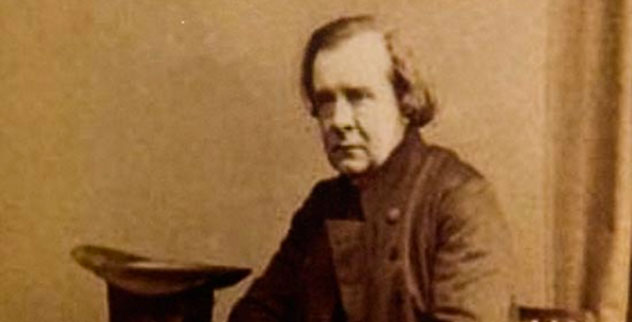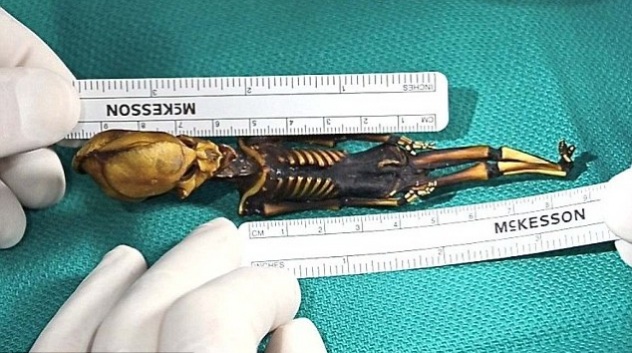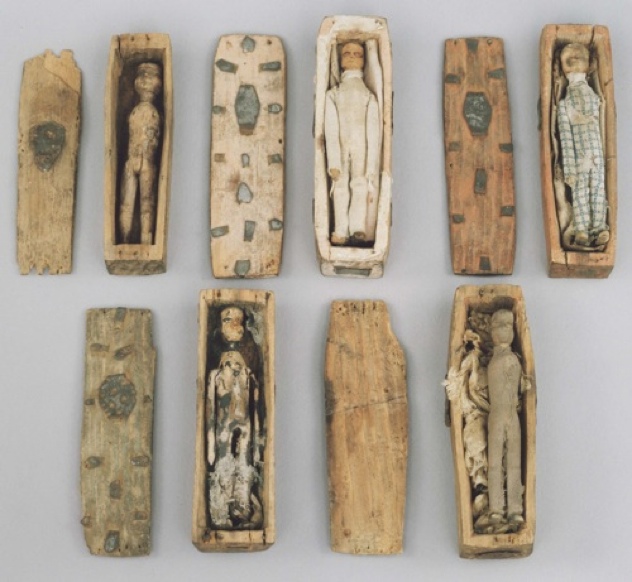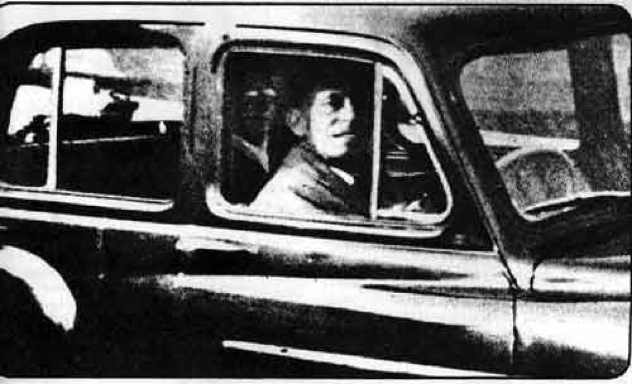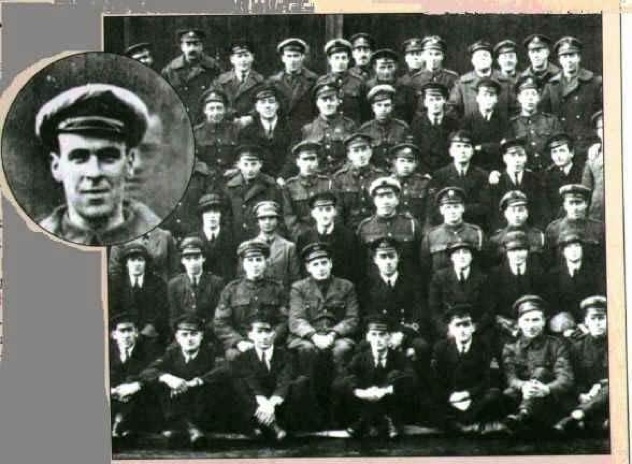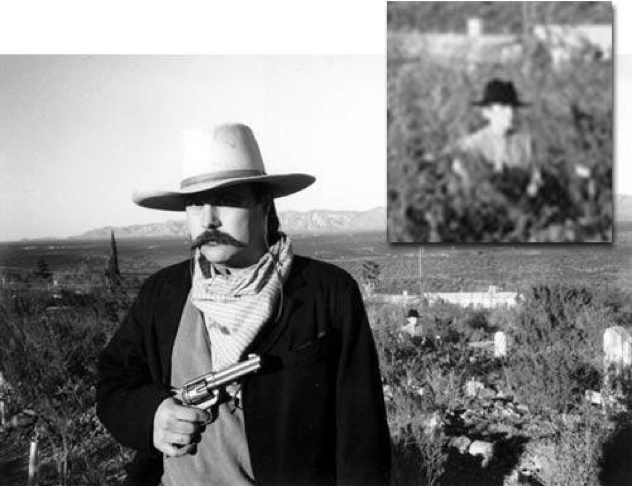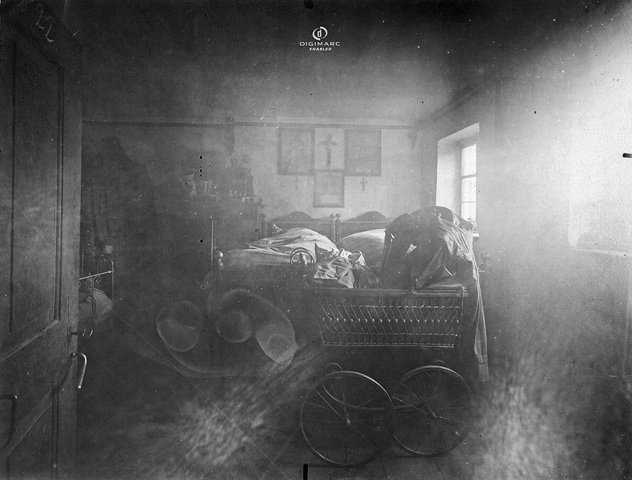We’ll begin the list with something lighthearted on our eventual journey into darkness. Samuel Wilberforce was a British clergyman who rose eventually to become Bishop of Oxford. In 1859, Charles Darwin published “On the Origin of Species”, advancing the theory of evolution. There was a tremendous backlash from the church, especially Wilberforce, and a debate was staged in 1860, wherein both parties would argue their points. Darwin was too sick to attend, and sent acolyte Thomas Huxley in his place. Wilberforce and Huxley locked horns, and while neither definitely “won” the debate, most would say that Huxley came out on top, even causing a religious woman to faint with this statement: “I am not ashamed to have a monkey for an ancestor but I would be ashamed to be connected with a man who used his great gifts to obscure the truth.” Besides his career in the service of the church, Wilberforce was fond of writing, and riddles in particular. When he died in 1873, he left this one behind. No one knows the answer. “Sweetest of sound, in orchestra heard, Yet in orchestra never have been, Bird in light plumage, yet less like a bird, Nothing in nature has ever been seen, On earth I expire, in water I die, Yet I run, swim and fly, If I cannot be guessed by a boy or a man, A girl or a woman I certainly can!” The clues are highly intriguing, and several theories have been put forth (perhaps most notably, that he was referring to a whale), but the answer most certainly died with the Bishop. [Note: perhaps the answer is a whistle . . . you heard it first at Listverse!]
In November of 1970, hikers came across the charred, battered body of a woman in Norway’s Isdalen Valley. The body was surrounded by sleeping pills (many of which had been ingested) and bottles of gas. Her fingerprints were sanded off. She was later linked to a pair of suitcases found in a train station in Bergen; police found all the labels in her clothes had been removed. They also found 500 German marks, a prescription bottle for lotion (with the doctor’s name and date torn off), and a diary with coded entries. Her autopsy indicated dental work performed in Latin America. It was eventually discovered that the woman had traveled throughout Europe using different fake names. There were other clues; witnesses reported her in different wigs, changing hotels frequently, and speaking multiple languages. Information on the case is scant and hard to come by; a witness came forward three decades later, claiming to have seen the woman in the forest followed by two men in black coats, saying the police told him to keep quiet when he initially reported what he’d seen. It is generally assumed that the Isdal woman must have been some sort of spy; 1970 would have been a ripe year for undercover activities in the Cold War. Despite one of the most massive investigations in Norwegian history, the woman’s identity will likely forever remain a mystery. Curiously—and very creepily—this tale bears a striking resemblance to the Taman Shud case in 1948 which also involved an unknown victim (above) with tags removed from his clothes, a coded diary, and a suitcase turning up in a train station abandoned. That case is also still unsolved.
In 2003, a tiny humanoid skeleton was found in near a churchyard in a Chilean ghost town. Barely six inches long, with a terribly malformed skull, the skeleton (nicknamed Ata) was initially thought to be some kind of alien. The specimen was turned over to Stanford University, where a battery of experts studied it. DNA evidence quickly revealed Ata was in fact a human boy, having died within the last few decades. However, the skeleton remains quite mysterious; it seems to show development consistent with a six year old, and only has 10 ribs to the typical human 12. Researchers believe that Ata was either a very tiny dwarf, or that he suffered a disorder like progeria, which caused him to age rapidly while still in the womb. Others posit that Ata was merely stillborn or aborted (the force of which could have distorted the body). Further tests may reveal Ata’s ultimate fate.
In the wake of the Civil War, many Americans headed west, away from the strife of battlefields and burnt cities. If they happened through Kansas and stayed at the inn run by the Bender clan, they were taking their lives into their hands. The Benders were Germanic (the “parents” barely spoke English, and the “children” with an accent), and that is about all that is known of their history. The Benders moved to Kansas in 1870, and established a small inn and general store. There were 4 of them; John Bender Sr., who was 60, Ma Bender, 55, and their children, John Jr., of around 25, and Kate, around 23. What their actual names were, and what their true relationship was to each other (few believe that they were actually blood related), will probably never be revealed. Travelers often carried with them every dime they had, and the Benders soon realized they could grow rich robbing their guests. They arranged a setup wherein guests would sit at the table beneath a trap door. When they least suspected it, the male Benders would sneak up behind them, bludgeon them, and then slash their throats. A drop through the trap door, and the body could be stripped and robbed. Soon corpses began mounting up in the area. At first, the local Indian tribe was blamed, but the when a man and his infant daughter vanished in 1872, his neighbor launched a full scale investigation, and the focus soon landed on the Benders. Suspicions mounted, but before anything could be done, the Benders vanished. A search of the cabin revealed the bloody room beneath the trap door, and nine bodies were found buried on the grounds. It is unknown what the true body count was, but it is probably safe to say there were some corpses that were never found. The story was the rage of the day, and souvenir hunters soon claimed pieces of the cabin for their own. The Benders were mentioned in passing by Laura Ingalls Wilder, author of “Little House on the Prairie”. She reported stopping in their store, and claimed her father was involved in the manhunt for the family, although her account has been called into question. Despite a $3,000 reward (an astronomical sum for the day), the Benders were never found or brought to justice. There are dozens of accounts of their eventual fate, with some saying they were caught by vigilantes or committed suicide, others saying they were caught under different names, and still more saying they escaped completely. The Benders are long since dead now, and where their sinister path took them is lost to history.
In the late 1820s, two men in Edinburgh, Scotland, began a grisly cottage industry. William Hare (who owned a boarding house), and William Burke were Irishmen who became friends. When a tenant at Hare’s house died, the pair sold his body to Ediburgh University. They quickly realized they could make a pretty penny doing this, but unfortunately bodies were in short supply. So they decided to create some of their own. All told, they killed 16 people, mostly by smothering, and sold their wares to a Dr. Knox at the University. One day, a tenant at Hare’s boarding house found a body and went to the police. They managed to dispatch with the corpse before the police arrived, but Burke & Hare’s crime spree was over. Hare turned over on his accomplice in exchange for his freedom. Burke’s fate would mirror that of his victims; after his execution, he was dissected in public. Hare vanished, never to be seen again. But the story doesn’t end there. Shortly after the murder spree, a young boy playing in a cave in Edinburgh came across a collection of carved wooden dolls in a cave. There were 17 in all, about the size of a finger, each secreted in its own tiny coffin. It didn’t take long for people to realize that the dolls greatly resembled the victims of Burke & Hare in both number and appearance. DNA tests on the macabre toys against the remains of Burke yielded no results. Only 8 of the 17 are still known to exist; they can be seen at the National Museum of Scotland in Edinburgh. Just who created these morbid effigies, and what they were meant to represent, will never be known.
Between 1976 and 1977, an unidentified killer stalked the roads of sleepy Oakland County, Michigan, abducting and killing at least four children, two girls and two boys: Mark Stebbins, 12, Jill Robinson, 12, Kristine Mihelich, 10, and Timothy King, 11. Mark was strangled and sexually assaulted with an object. Jill was killed by a shotgun blast to the face, Kristine was smothered, and Timothy suffocated and assaulted in the same fashion as Mark. Each child had been held captive for several days before being murdered, and laid out neatly where they were meant to be found. Jill Robinson was found within view of a police station. The killings resulted in a mass paranoia in the area; children were rarely left alone for a second, and at least one innocent man was beaten for the mistake of talking to a child. A massive investigation heralded several suspects, but no solid case has ever been built. Recently, some have come to believe noted serial killer John Wayne Gacy has been implicated in the murders, but it seems unlikely, as it did not match his modus operandi of raping and killing older teenage boys. In 1978, the killing stopped cold. Perhaps the most chilling aspect of the case was a letter written by Timothy King’s mother in the “Detroit News”. Marion King begged her son’s captor to let him go so that he might return home and enjoy his favorite meal, Kentucky Fried Chicken. When the boy’s body was found, an autopsy showed that the killer had fed him fried chicken.
After hearing of the mellified man, you may take your tea with something other than honey for a few days. Ancient Chinese writings tell of an Arabian process wherein elderly men near death would subsist on a diet of nothing but honey. Soon, his excrement and his sweat would be entirely comprised of honey. The man would soon die from this rather unhealthy practice, and his body would be placed in a stone casket full of honey. After a century or so of aging, the substance is gathered up and used as a medicine, particularly for the healing of broken bones. There are very limited accounts of mellified men, the most notable coming from Chinese pharmacologist Li Shizhen, in his “Bencao Gangmu”. Although honey is known to never go bad (edible honey has been found in the tombs of pharaohs dead thousands of years), and to have noted antimicrobial properties especially a protein dubbed defensin-1, the effectiveness of this medicine is debated. Whether the story is mere legend, or whether this vile medication ever existed, is unknown. Few senior citizens seem willing to come forward and duplicate the experiment.
Most ghostly phenomenon can be divided into two categories: outright deceit and misidentification. The liars will spin all manner of tall tales, manipulate film and video, and generally do anything to create attention. Then there are those who genuinely believe they have experienced something paranormal; but there are so many things which might lead you astray . . . a black shadow in the corner of your eye, the settling of an old house, a mouse scratching in your wall. And once the paranoia starts, everything is suspect. Many so-called “haunted” places feature a prevalence of infrasound, a low frequency sound that the human ears can’t hear, but which we unconsciously detect. Infrasound is often present in the event of catastrophic events, such as volcanos erupting and the growls of carnivorous animals. However, it can also be produced by sources as innocuous as heating ducts or ceiling fans. Sensing infrasound inspires a dread you cannot understand. However, cameras are not subject to deep-rooted human survival instincts, and there is no shortage of ghost photos in the world. Today, even an amateur understanding of editing software like Photoshop would allow you to create ghost photos more compelling by far than those produced in the past. Even when photography was in its infancy, techniques such as double exposure could allow for some malfeasance. But there are several images that have been captured by photographers that would have no reason to manipulate their shots, that have been examined by experts and deemed genuine, unexplainable depictions of the afterlife. Some, like “The Back Seat Ghost” (top), “Freddy Jackson” (middle), and “The Ghost of Boot Hill Cemetery” (bottom) are truly chilling and without explanation.
Since the general acceptance of the big bang theory, we tend to think of the universe as constantly expanding from a single core, an explosion like a firework. But there are more forces at hand, some far beyond our understanding. Gravity drags us in all directions . . . as the moon is drawn inexorably in orbit around the earth, so too is the earth by the sun. But there is a force far more powerful at work, one beyond the pale of human comprehension. The Great Attractor is in defiance of everything we have come to understand. It is a gravitational anomaly some 150-250 million light years distant that is drawing the Milky Way galaxy toward it at 14 million miles per hour. To exert that kind of pull, The Great Attractor would have to possess the mass of tens of thousands of galaxies, and yet astronomers have been unable to find anything matching that description. Even an enormous black hole would be a drop in the bucket in comparison. We may never truly know what the Great Attractor is; even at the breakneck velocity in which we’re pulled toward it, it would take many thousands of human lifetimes to arrive.
The Hinterkaifeck murders are one of the most chilling and mysterious crimes in German history. The Gruber family was composed of Andreas, his wife Cazilia, their widowed adult daughter Viktoria, and her children, little Cazilia and Josef. They also had a maid named Maria Baumgartner in their employ (poor Maria only worked one day before she was killed; the previous maid had left because she believed the house was haunted). They lived on a little farmstead called Hinterkaifeck, around 40 miles from Munich. Andreas reported some mysterious circumstances to neighbors in late March of 1922; he’d seen a set of footprints leading from the forest toward his farm, but none heading back. Even stranger, he heard footsteps in his attic and found a strange newspaper. A set of housekeys went missing. And then, on March 31, the entire family was murdered in the barn, one by one, with a pickaxe. They were found a few days later. It was determined that whoever had done the killing remained on the farm for awhile; the neighbors saw smoke from the chimney, and the animals were fed. While police initially believed the motive was robbery, they dismissed the idea when a large amount of cash was found in the house. To this day, no one knows who murdered the Grubers. The Munich Police Department investigated for decades, but no suspect was never brought to justice. Some believe the killer was Viktoria’s husband Karl Gabriel, who’d been branded killed in action during trench warfare during World War I. Karl’s body was never found. Mike Devlin is an aspiring novelist. He advises not to research creepy unsolved murders while you’re home alone at night.
